Midnight Sun in the Westfjords | 11 Day Photo Workshop





Description
Summary
Description
Join our award-winning landscape photography guides on this unforgettable 11-day photo tour of Iceland's Westfjords, plus the iconic Snæfellsnes Peninsula, during the bright summer months.
This tour is the perfect tour opportunity for aspiring and professional photographers alike; anyone who wants to discover Iceland's best-kept secrets!
As you travel off the beaten path, you will capture not only the wild landscapes of Iceland but also the country's majestic wildlife.
The Westfjords, one of Iceland's most isolated regions, is known for its vast untouched wilderness, whilst the Snæfellsnes Peninsula is famously titled "Iceland in Miniature" thanks to its diversity of natural attractions.
The Midnight Sun season is, without a doubt, one of the best times to shoot Iceland's incredible landscapes. You will also capture the flight of countless seabirds, including the adorable Atlantic Puffins that nest on the domineering Látrabjarg sea cliffs.
Látrabjarg, one of the major highlights of this trip, is the westernmost point of both mainland Iceland and the European continent. You will also see attractions such as Iceland's most photographed mountain, Kirkjufell, and the thunderous Dynjandi.
Get ready to board a comfortable and spacious bus as we chase the magical summer light over the unspoiled wilderness of the Westfjords, taking your photography skills to the next level! Check availability by choosing a date.
Included
Activities
Daily itinerary
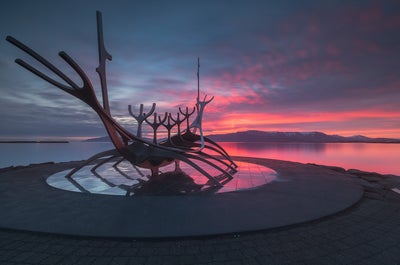
Day 1 - Arrival to Iceland

Day 2 - The Snaefellsnes Peninsula
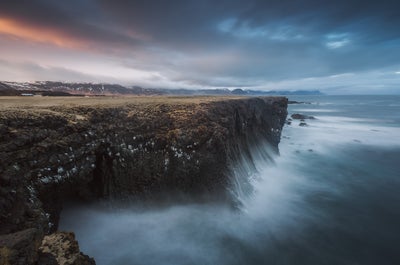
Day 3 - The Snaefellsnes Peninsula In-Depth

Day 4 - Puffins in the Westfjords
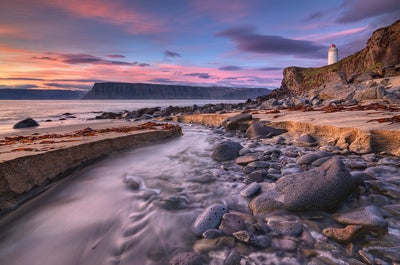
Day 5 - Arnarfjordur Fjords & Dynjandi Waterfall
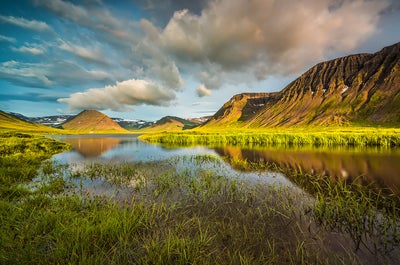
Day 6 - Abandoned Farmhouses in the Westfjords
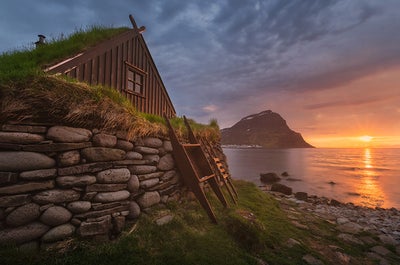
Day 7 - Westfjords Towns & Valleys
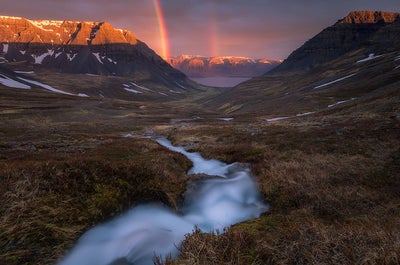
Day 8 - Isafjordur
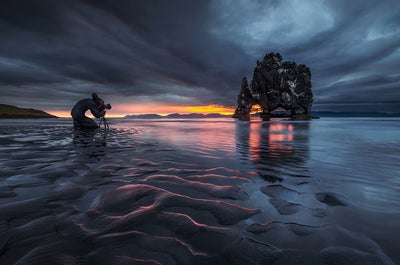
Day 9 - Hvitserkur Rock Stack
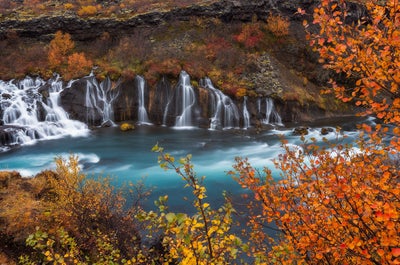
Day 10 - Hraunfossar Waterfall & Journey Back to Reykjavik
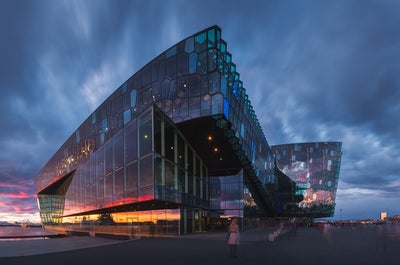
Day 11 - Departure Day
Good to know
- We are a local tour operator and travel agency authorised by the tourism board of Iceland.
- We offer small group tours with a maximum group size of 10-12. This way, you’ll get to know your photography guide and we can take you to shoot in unique places that aren’t suitable for larger groups.
- All our guests get a free collection of post-processing videos from our award-winning photographers worth over $1,500.
- On our tours we use comfortable vehicles to safely transport you to amazing locations.
- We are using only the best hotels available in Iceland.
- Our photo tours and workshops are guided by award-winning professional landscape photographers.
- We provide crampons and rubber boots for free to all our guests throughout the tour.
- During the tour, we give highly informative and easy-to-follow photography and post-processing lectures.
- Our photo guides will always help you in the field to make sure you will bring home stunning photos of Iceland.
Disclaimer
We highly recommend that you get a travel and medical insurance. Your own domestic medical insurance and private health scheme will not cover you whilst you are overseas.
The tour is always dependent on weather, as the Icelandic weather can indeed be highly unpredictable. Likewise, visits to ice caves are dependent on favorable conditions, and indeed the ice caves themselves are not permanent. When it comes to the Northern Lights, while they are most likely to be seen between September and April, there is no guarantee that they will appear on a given day.
Departure Schedule
26 Jun-6 Jul 2025







